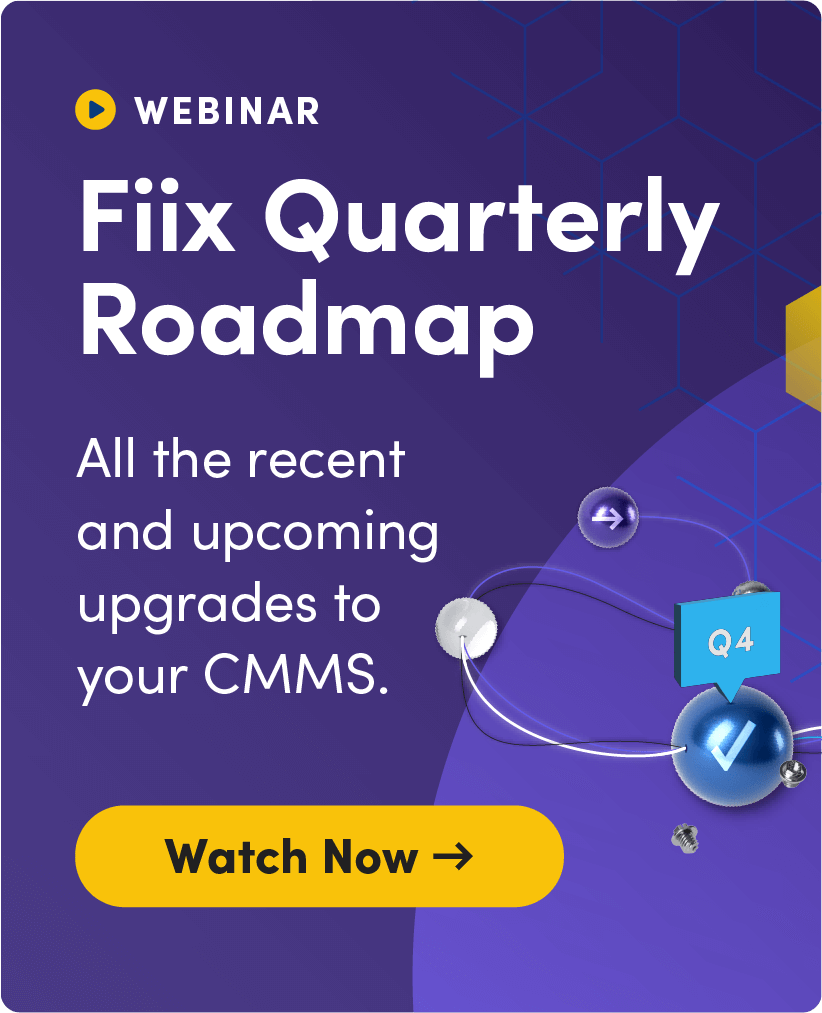Hello everyone! Over the next couple of weeks I will be posting about the bad actor report and recommended sort metrics. If this is a topic you would like to learn more about make sure you subscribe ![]() to this thread to see my series.
to this thread to see my series.
The purpose behind failure analysis is to identify the problem and then the cause so you can prevent this event from happening again. Although it is “after the fact” (i.e., a lagging indicator) it is a valuable tool for performance improvement.
Some organizations have trigger points that require a root cause failure analysis (RCFA) for serious events. This is where a team of people identify the problem, surrounding circumstances, and document all possible causes. The RCFA can last from days to weeks. In industries where a vehicle assembly line is stopped, the O&M shift might perform a 5-why analysis. This method involves asking "why" multiple times until the individual believes they have reached the cause of the problem. Chronic failure analysis (CFA) is a Pareto-style analysis that focuses on the significant few but recur too often. CFA relies on a bad actor report and reliability team to analyze the worst offenders.
The four common types of failure analysis are:
- Root Cause Failure Analysis (RCFA), will identify the cause(s) of the defined problem. It starts with a trigger event and ends when the correct actions are implemented.
- 5-Why approach was developed by Toyota as a tool for assembly floor supervisors to keep production moving, but not as a tool to identify deep, underlying causes of complex events.
- Chronic Failure Analysis, focuses on smaller but recurring failures. In the ideal setting, a reliability team runs a pareto-style report from the CMMS to find the worst offenders.
- Roundtable Analysis is a haphazard review of work orders which requires staff to read the body of work order hoping to find relevant information.
Of the four methods from above, chronic failure analysis is the best choice for reducing O&M costs.
Unfortunately, many organizations cannot capture validated failure data to support data aggregation. Plus, they do not have a bad actor report in their CMMS which shows the worst offenders.
At this point, some leadership teams revert to roundtable analysis whereby all work is printed out for the asset in question. The management team then gathers in a conference room to (hopefully) glean useful information from the printed documents. This approach assumes that the technicians entered meaningful information on the work order, such as actions performed, failure coding and suggestions for improvement.
Note: This type of roundtable analysis may work for one asset but would not be practical if you were trying to find the worst offenders across an entire registry.
How does your organization address failure analysis?
Let me know in the replies below. ![]()
Stay tuned for my next article coming out soon, where we’ll dive deeper into why organizations fail to leverage failure data from their CMMS due to bad data.





